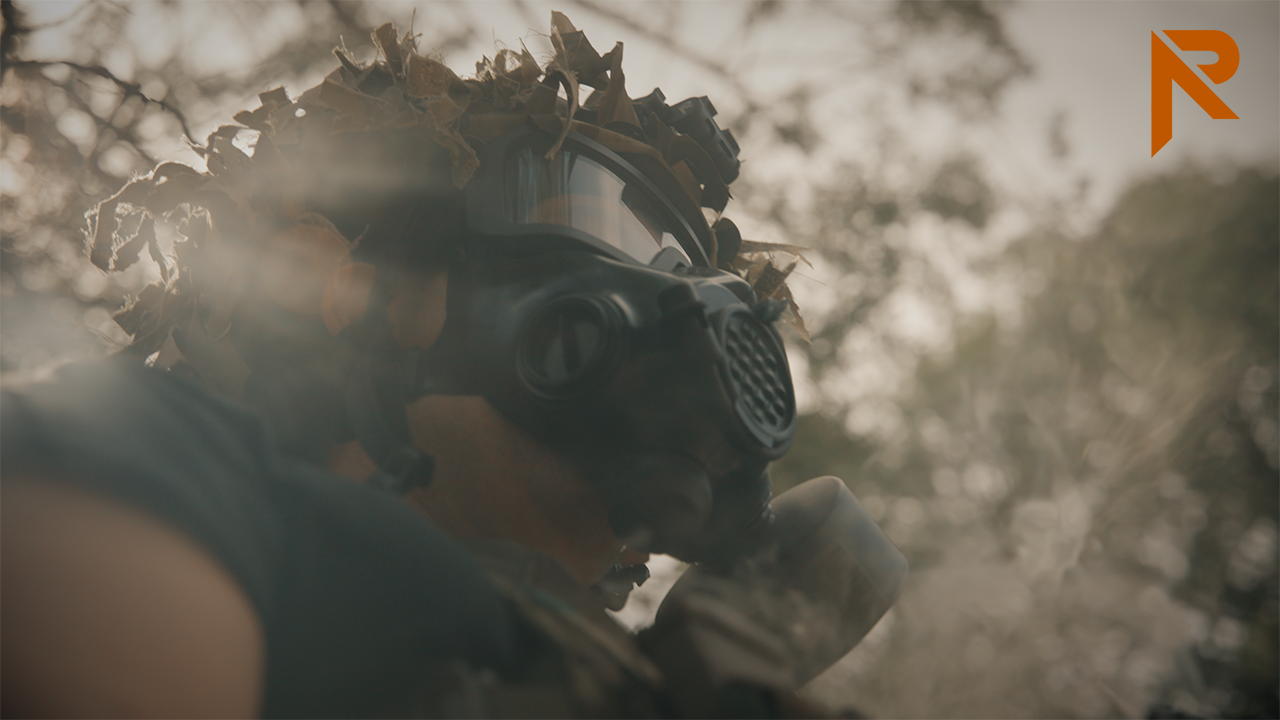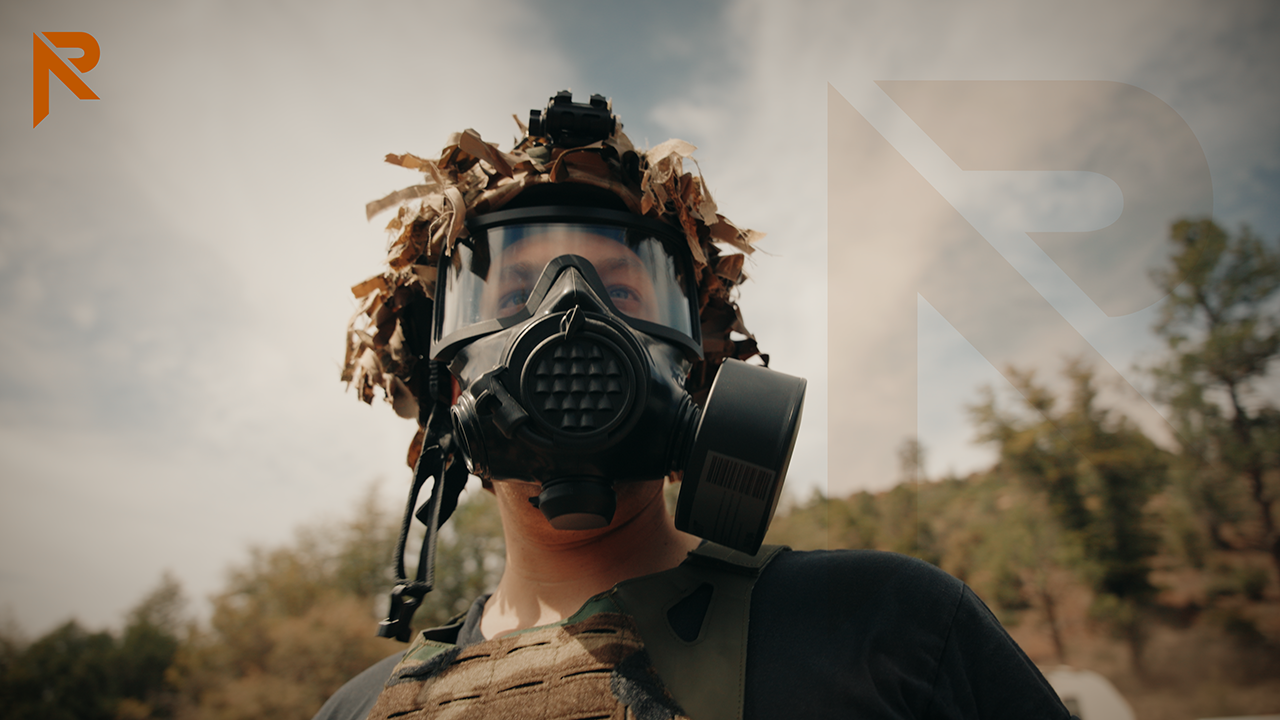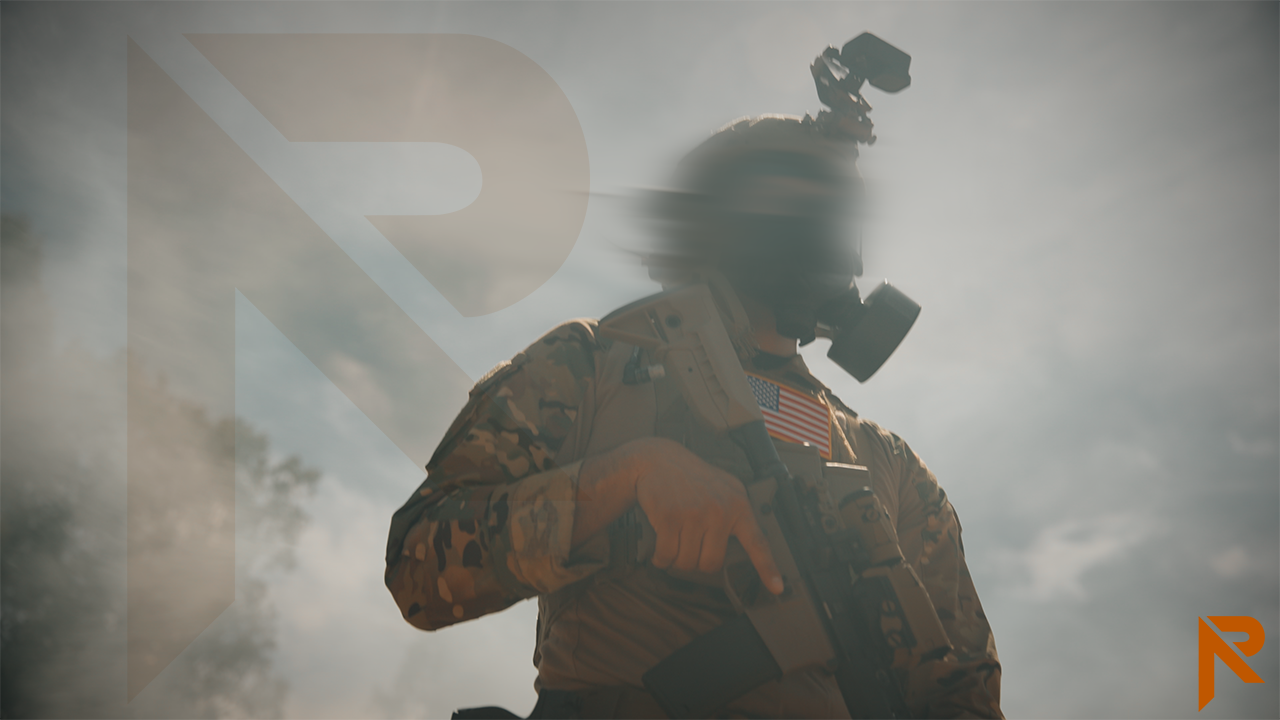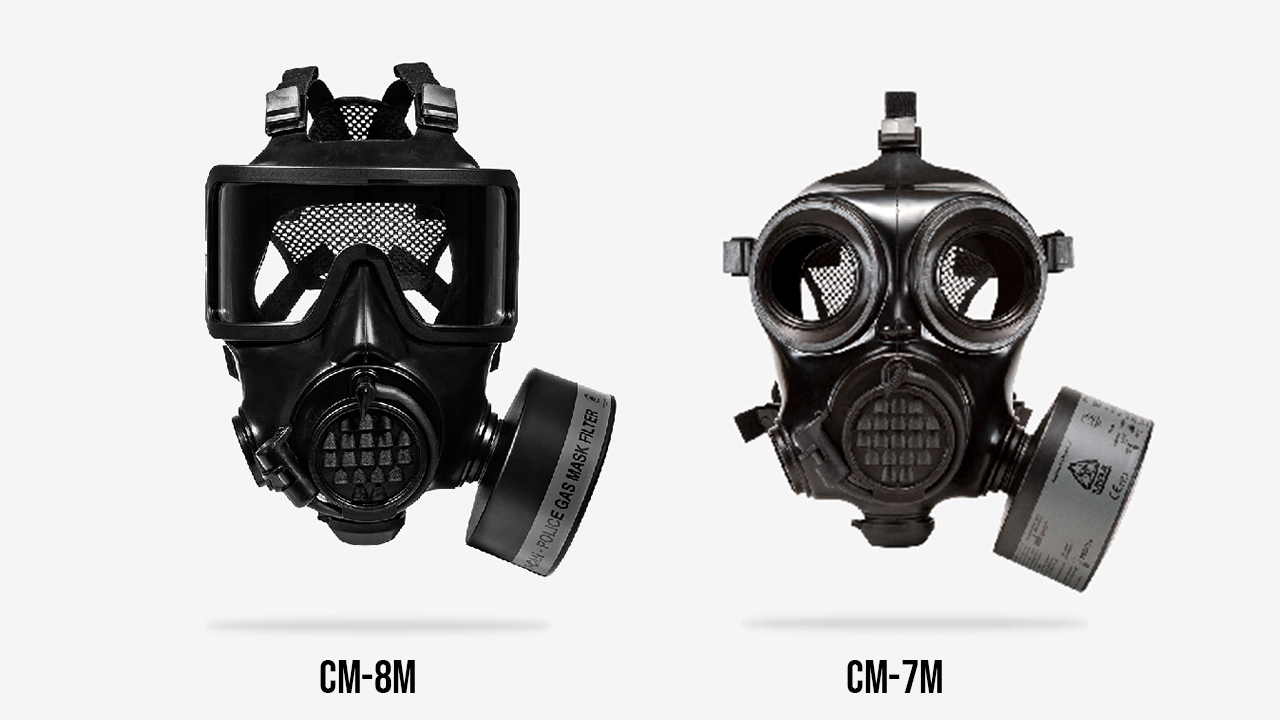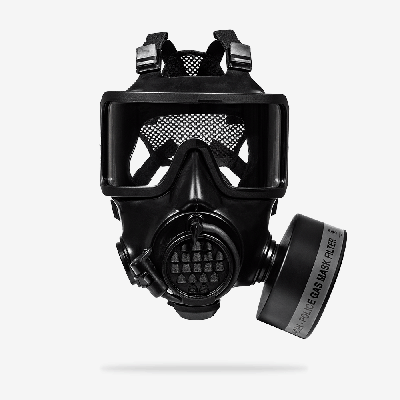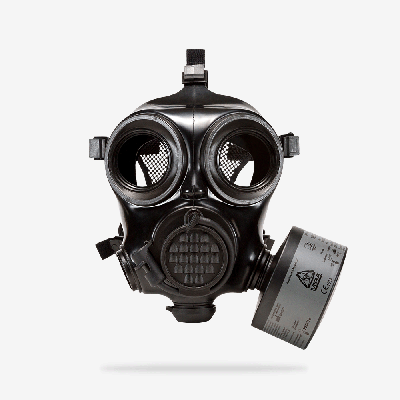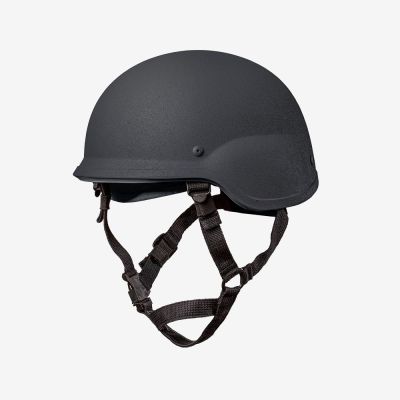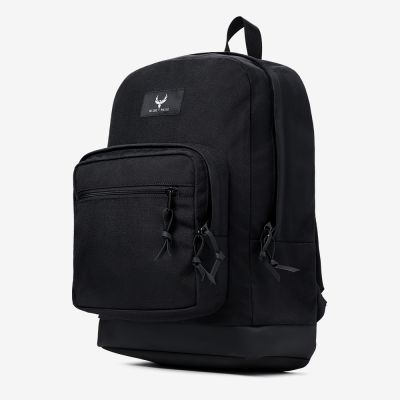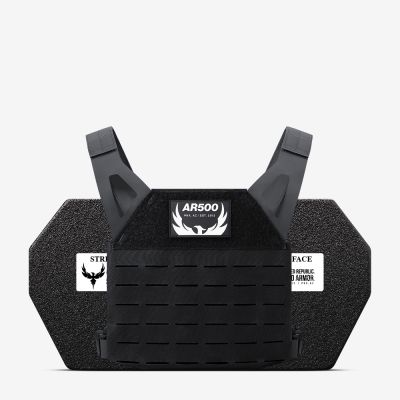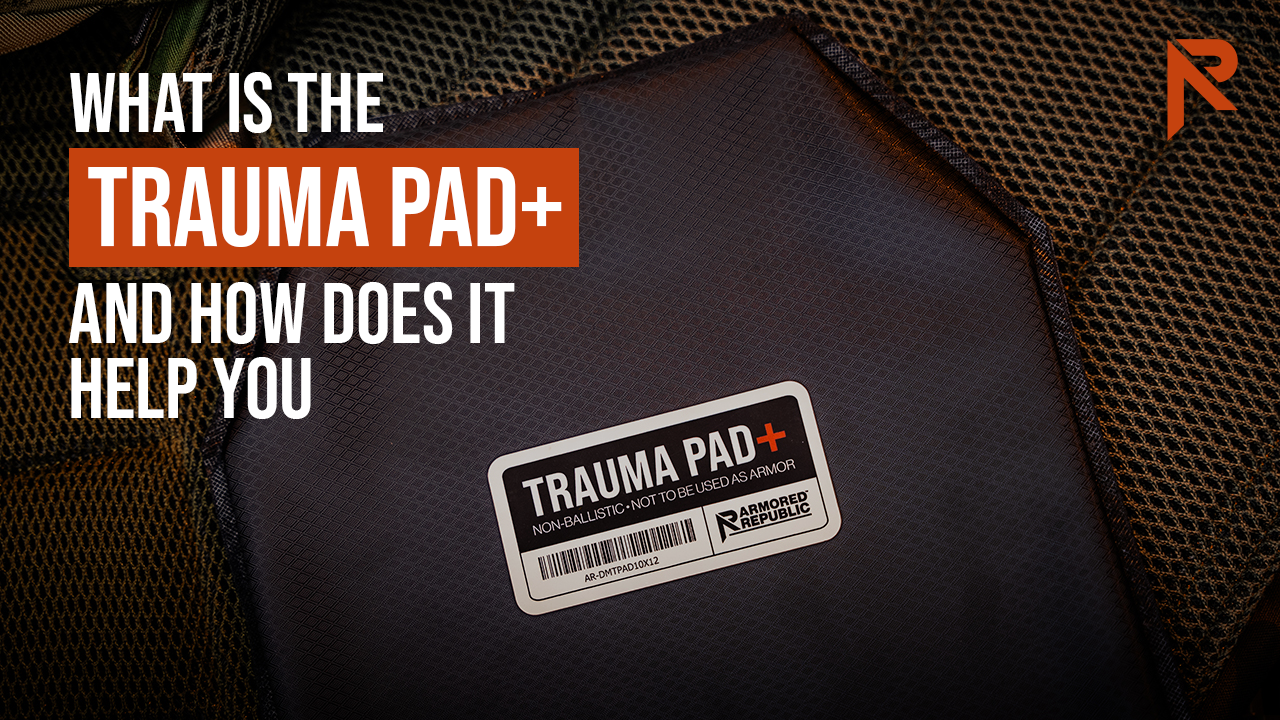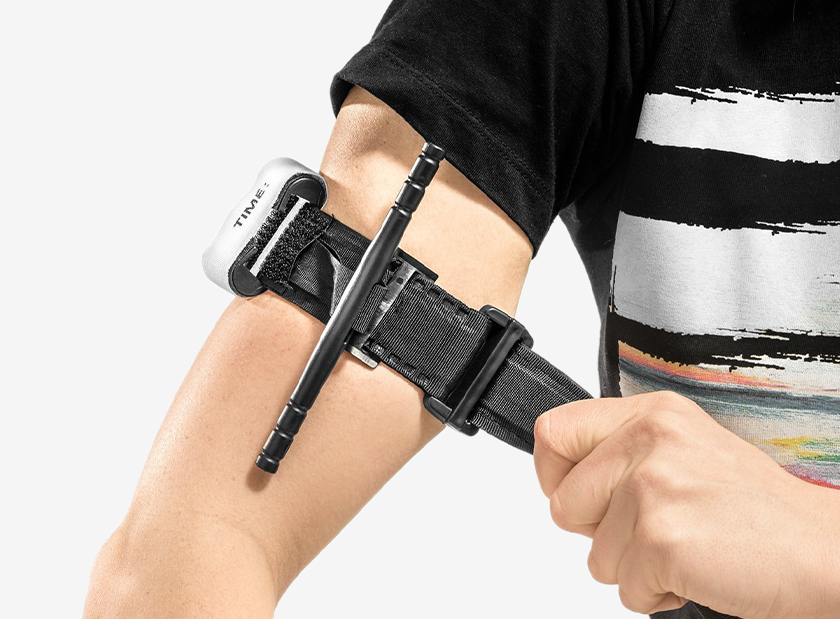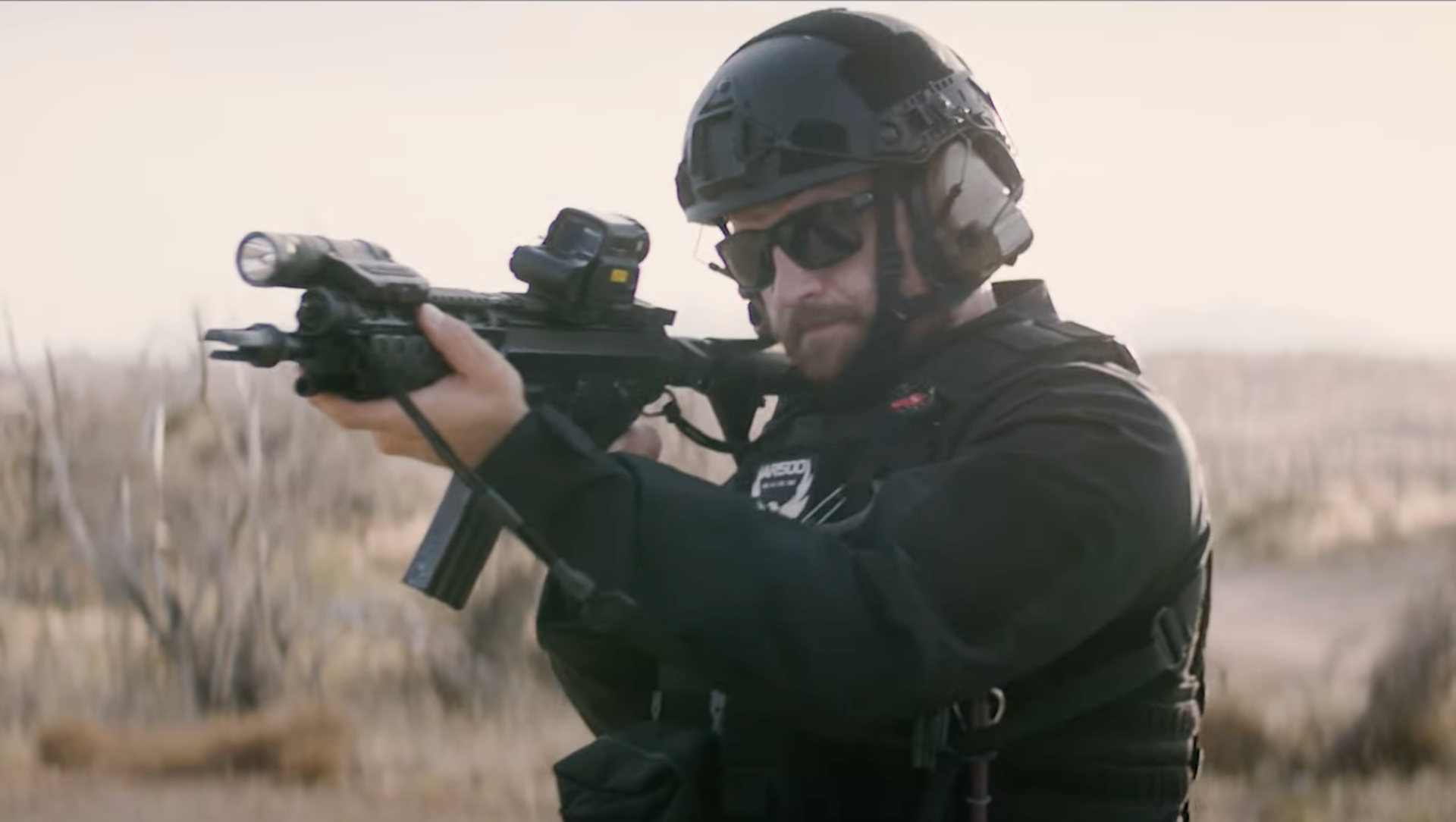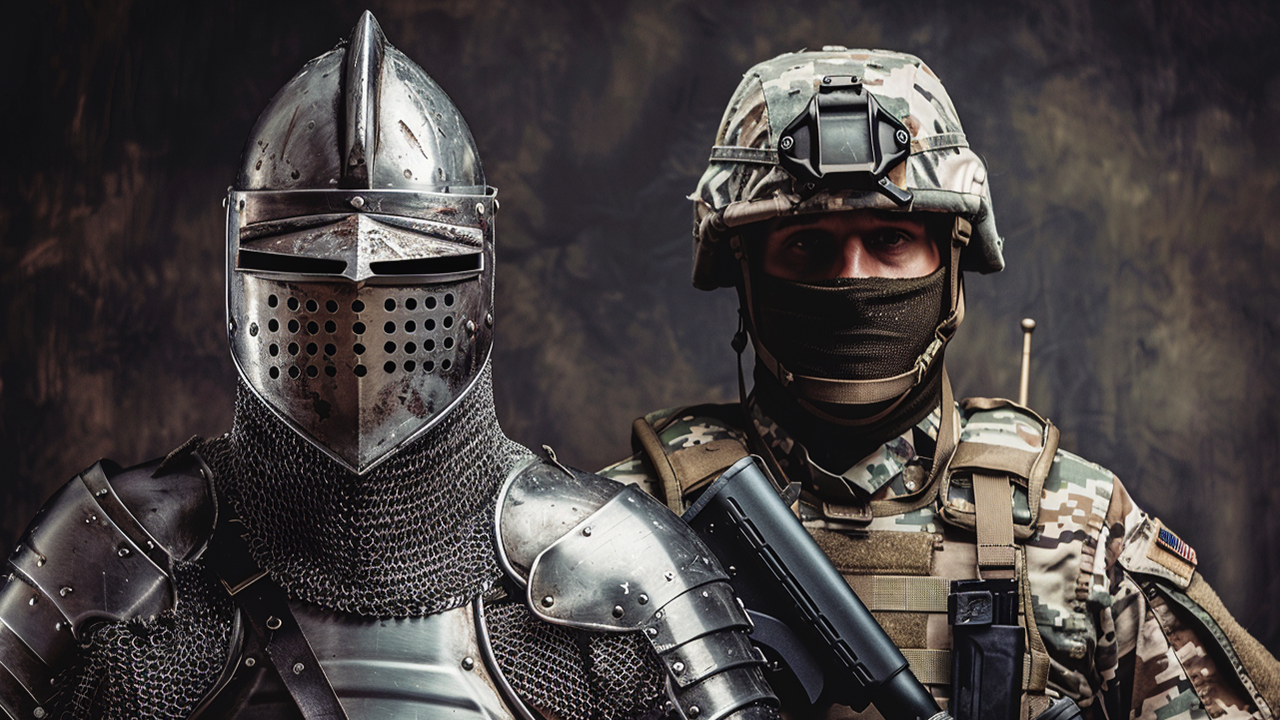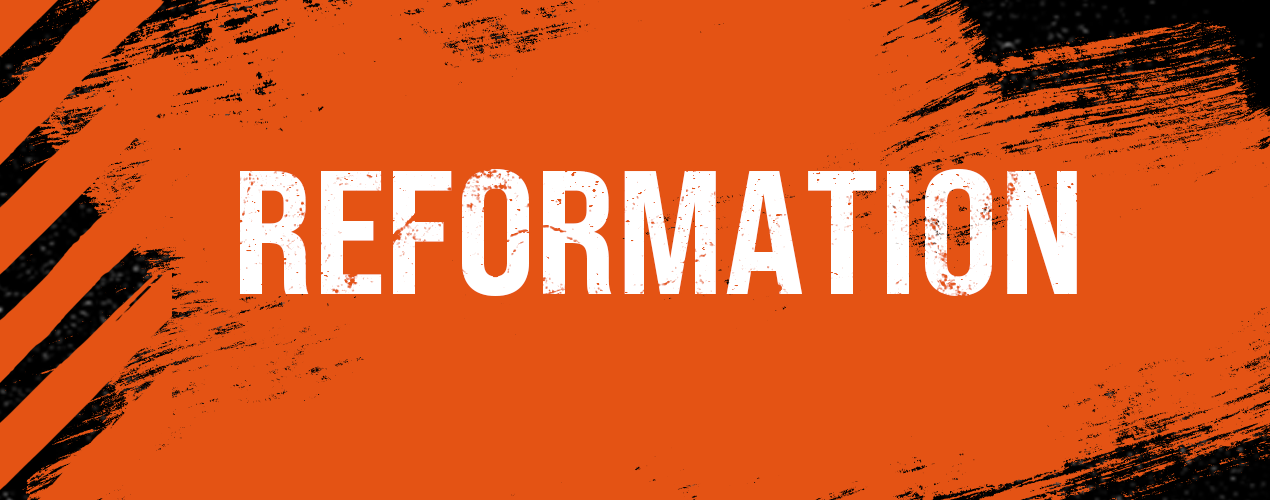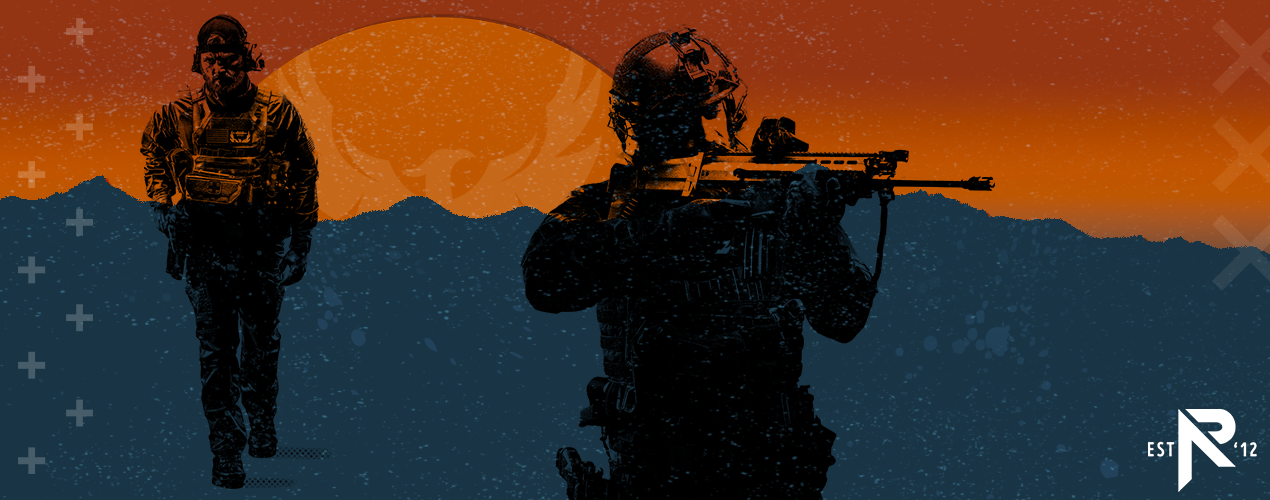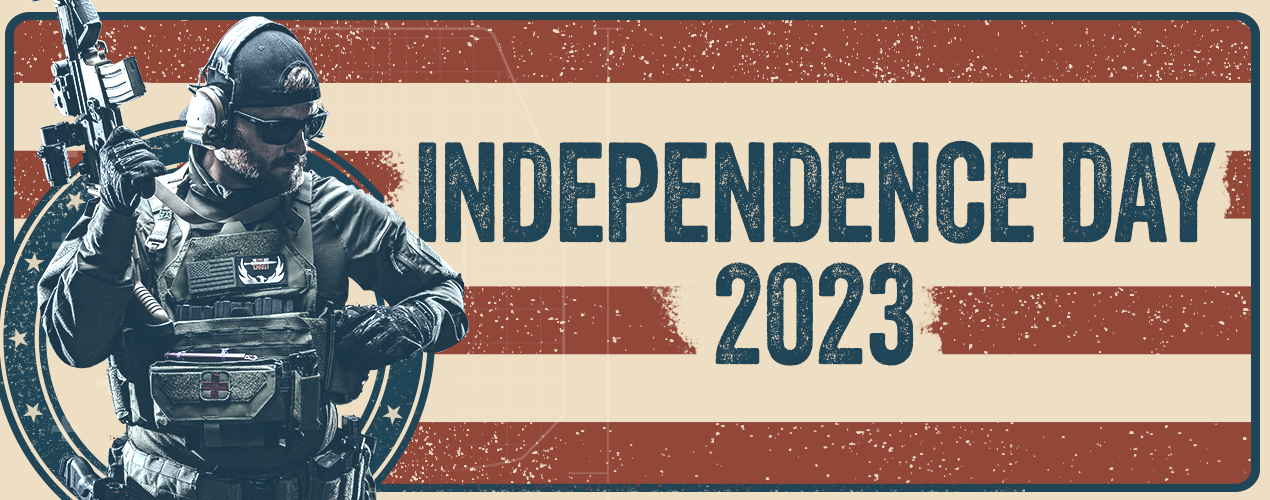A Guide to Tactical Gas Masks: Protection from Chemical and Biological Threats
- By AR500 Armor
- Apr 26, 2024
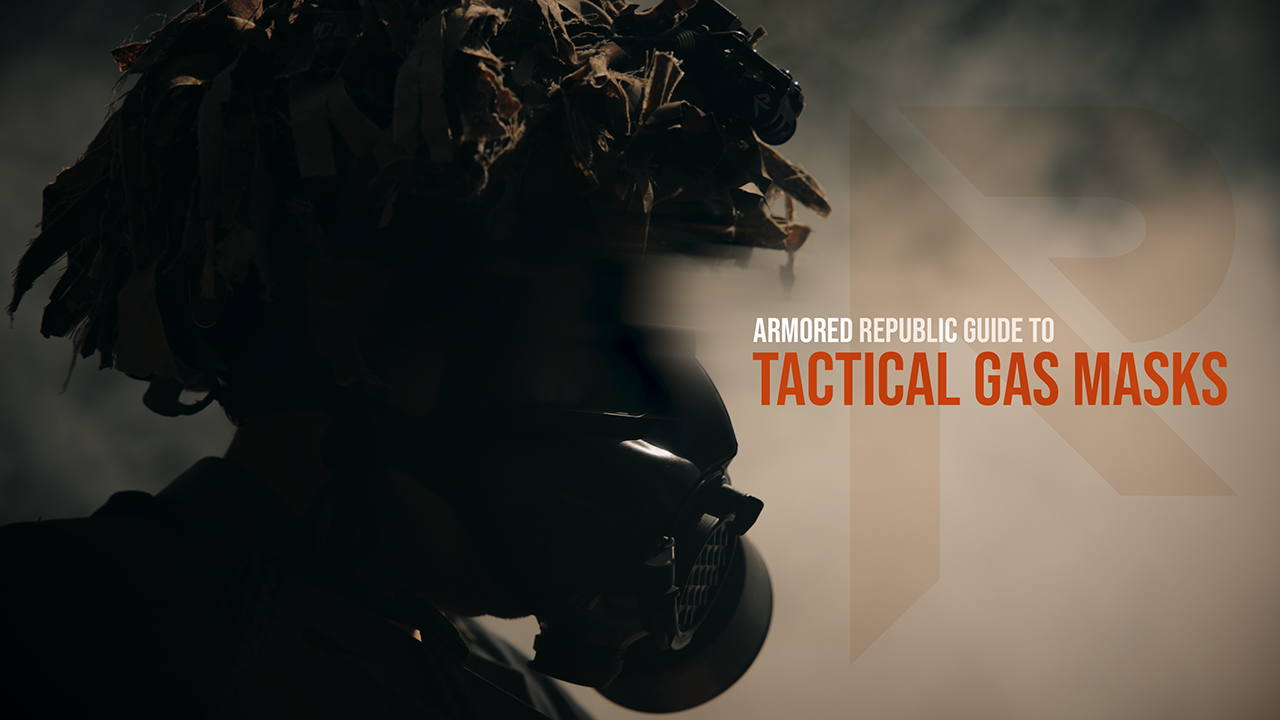
What is a Gas Mask?
Definition and Core Functions
A gas mask is a vital piece of tactical gear and equipment designed to protect the wearer from hazardous airborne contaminants, including chemicals, biological agents, and particulates. This device comprises a sealed mask that covers the entire face, incorporating eye protection, a sophisticated filtration system, and airtight seals to ensure that all air reaching the respiratory system has been filtered and purified.
Essential for Tactical Protection
In both military and tactical law enforcement environments, gas masks provide crucial protection against a range of chemical, biological, radiological, and nuclear (CBRN) threats. They are standard equipment for soldiers and tactical units who might face such dangers during missions, ensuring their ability to operate in hostile or contaminated environments.
Adaptability to Modern Tactical Needs
Modern gas masks are designed with the needs of tactical operators in mind. They are constructed from advanced materials that offer both durability and comfort during extended wear. Features such as integrated communication systems, compatibility with ballistic helmets, and one-handed operation enhance their functionality in high-stakes scenarios. This adaptability makes them indispensable in the toolkit of any tactical professional facing potential chemical or biological threats.
Historical Overview of Gas Masks
Origins and Evolution
The concept of the gas mask dates back centuries, with early forms of protective masks appearing in various ancient civilizations. Historical records from the Greco-Roman era describe masks made from animal bladders used to filter smoke during fire operations. These primitive devices laid the groundwork for more sophisticated respiratory protection.
By the 17th century, inventors were exploring more advanced designs. Notably, in 1799, the Scottish inventor Alexander von Humboldt created a rudimentary respirator to aid miners in hazardous environments. This early model featured a bag placed around the head, connected to a filter that purified the incoming air—a basic yet significant step towards modern respiratory protection.
Development During World War I and II
The advent of chemical warfare during World War I marked a critical turning point in the development of gas masks. The use of chlorine gas by German forces in 1915 necessitated rapid advancements in gas mask technology. Scientists and engineers introduced the first effective chemical absorbents, such as activated charcoal, to filter out toxic gases. This period witnessed the mass production of gas masks, making them a standard issue for all military personnel.
World War II spurred further innovations, including the introduction of rubber masks which improved the fit and seal compared to the fabric masks of the previous war. These improvements were vital in enhancing the protective capabilities of gas masks against a broader range of chemical agents.
Advancements in Technology
Post-World War periods saw significant technological improvements in gas mask designs. The Cold War era, in particular, fueled advancements as the threat of nuclear, biological, and chemical (NBC) warfare became a global concern. This led to the integration of more complex and effective filtration systems and the standardization of mask designs to meet specific military protection standards.
By the late 20th century, gas masks had evolved to include features such as voice diaphragms, drinking tubes, and improved visibility through scratch-resistant lenses. These enhancements not only increased the protective qualities of the masks but also their usability in various tactical situations.
Modern Materials and Technologies
Today, gas masks utilize state-of-the-art materials and technologies. Modern masks are constructed from silicone and butyl rubber, offering enhanced durability and comfort. Filtration technology has also advanced with the development of multi-layered composite filters capable of neutralizing an extensive array of chemical and biological agents.
Contemporary designs focus on integration with other tactical equipment. Gas masks can now be seamlessly used with communication systems, night vision goggles, and ballistic helmets, reflecting the comprehensive needs of modern military and tactical units. Additionally, the rise of nanotechnology promises even greater breakthroughs in filter efficiency and mask design in the near future.
The history of gas masks is a testament to the ingenuity and adaptability of human engineering in response to emerging threats. From ancient prototypes to today's high-tech equipment, gas masks have evolved significantly, each advancement reflecting a deeper understanding of protective technology and its critical role in both military and civilian defense. This ongoing development ensures that gas masks remain a key component of tactical gear, capable of providing the highest level of protection against a variety of airborne hazards.
How Gas Masks Work
Components of a Gas Mask
A gas mask is comprised of several key components that work together to provide vital respiratory protection. The facepiece is the most visible part, typically made from silicone or rubber, designed to cover the nose, mouth, and eyes. This ensures that no contaminated air reaches these critical areas. Filters, which may be attached directly to the facepiece or connected via a flexible hose, play a crucial role in purifying the incoming air. Finally, straps secure the mask to the wearer’s head, ensuring a snug and stable fit that keeps the mask firmly in place during movement.
Functional Mechanism
The primary function of a gas mask is to filter out harmful particles and gases before they can be inhaled by the user. This is achieved through a sophisticated filtration system. Most modern gas masks use a combination of physical and chemical filtering mechanisms:
- Particle Filters: These are designed to trap particulate matter such as dust, smoke, and biological agents. Made from densely woven material, particle filters capture these particles through a process known as mechanical filtration.
- Chemical Filters: These filters use activated charcoal or other adsorbents to remove toxic gases and vapors from the air. The charcoal binds the chemicals at a molecular level, a process known as adsorption.
- Combination Filters: Many tactical gas masks include combination filters that protect against both particulate matter and gases. This dual-functionality is essential for comprehensive protection in diverse and unpredictable environments.
How Filters Purify Air
Air purification in a gas mask involves drawing contaminated air through the filter where the harmful substances are removed. The clean air then passes into the mask’s internal chamber before being inhaled by the user. This process relies heavily on the integrity and quality of the filter, which must be capable of handling specific threats the wearer is likely to encounter.
Sealing and Fit
For a gas mask to be effective, it must have a perfect seal against the user’s face. Airtight seals are crucial as they prevent unfiltered air from entering the mask. The mask’s edges are designed to conform closely to the face, using either soft rubber or silicone to create a seal that adapts to different face shapes.
Testing for Proper Fit
Proper fit testing is essential to ensure that a gas mask provides adequate protection. Fit testing involves checking the mask under realistic conditions to ensure no leakage occurs. Users are trained to perform negative and positive pressure tests:
- Negative Pressure Test: The wearer inhales sharply with the filter blocked, causing the mask to collapse slightly if the seal is good.
- Positive Pressure Test: The wearer exhales gently while blocking the exhalation valve, causing slight positive pressure inside the mask if no air leaks out.
Both tests help confirm that the mask fits correctly and will maintain its seal in an actual event, providing reliable protection from airborne hazards. Ensuring that every user undergoes fit testing is crucial for the effectiveness of gas masks in any tactical or hazardous scenario.
Tactical Military-Style Gas Masks
Military Applications
Tactical military-style gas masks are essential components of modern military equipment, designed to provide respiratory protection in environments contaminated with chemical, biological, radiological, and nuclear (CBRN) agents. These masks are crucial not only for survival but also for maintaining operational capabilities during and after exposure to hazardous substances.
Brief History of Military Use
The military application of gas masks began in earnest during World War I, responding to the introduction of chemical warfare. Early gas masks were rudimentary, often hastily produced in response to the deadly gas attacks that became a hallmark of trench warfare. Throughout subsequent conflicts, including World War II and the Cold War, gas mask technology evolved significantly as the nature of threats expanded to include a wider array of chemical and biological agents.
Current Military Standards for Gas Masks
Today, military standards for gas masks are stringent, requiring rigorous testing to ensure they meet safety and performance criteria. These standards often include resistance to penetration by toxic chemicals, effectiveness of the filter against known chemical warfare agents, durability under extreme conditions, and compatibility with other military equipment such as helmets and communication devices. For instance, NATO standards are commonly adopted, ensuring that gas masks can withstand a variety of threats and environmental challenges.
Features of Tactical Gas Masks
- Enhanced Filters: Modern tactical gas masks include multi-purpose filters that provide comprehensive protection against a spectrum of chemical and biological agents. These filters are typically a combination of particle, chemical, and sometimes even radiological filters, designed to meet specific military needs and scenarios.
- Robustness and Reliability in Extreme Conditions: Tactical gas masks are built to endure harsh environments and severe use. Made from advanced materials such as silicone and butyl rubber, these masks offer not only flexibility and comfort but also resistance to extreme temperatures and mechanical stress. Their design ensures functionality in diverse conditions, from desert heat to arctic cold.
Tactical gas masks are also designed with redundancy and ease of use in mind. Features such as redundant sealing surfaces, one-handed operation for filter replacement, and minimal fogging are critical for effective use in combat situations. Moreover, modern masks are often modular, allowing for rapid adjustment and customization depending on the mission specifics.
Tactical military-style gas masks are sophisticated, robust tools tailored to meet the rigorous demands of modern warfare. They are a critical component of military equipment, enabling armed forces to operate effectively in hostile environments. As threats continue to evolve, so too will the technology behind these essential devices, ensuring that military personnel are well-equipped to face any challenge.
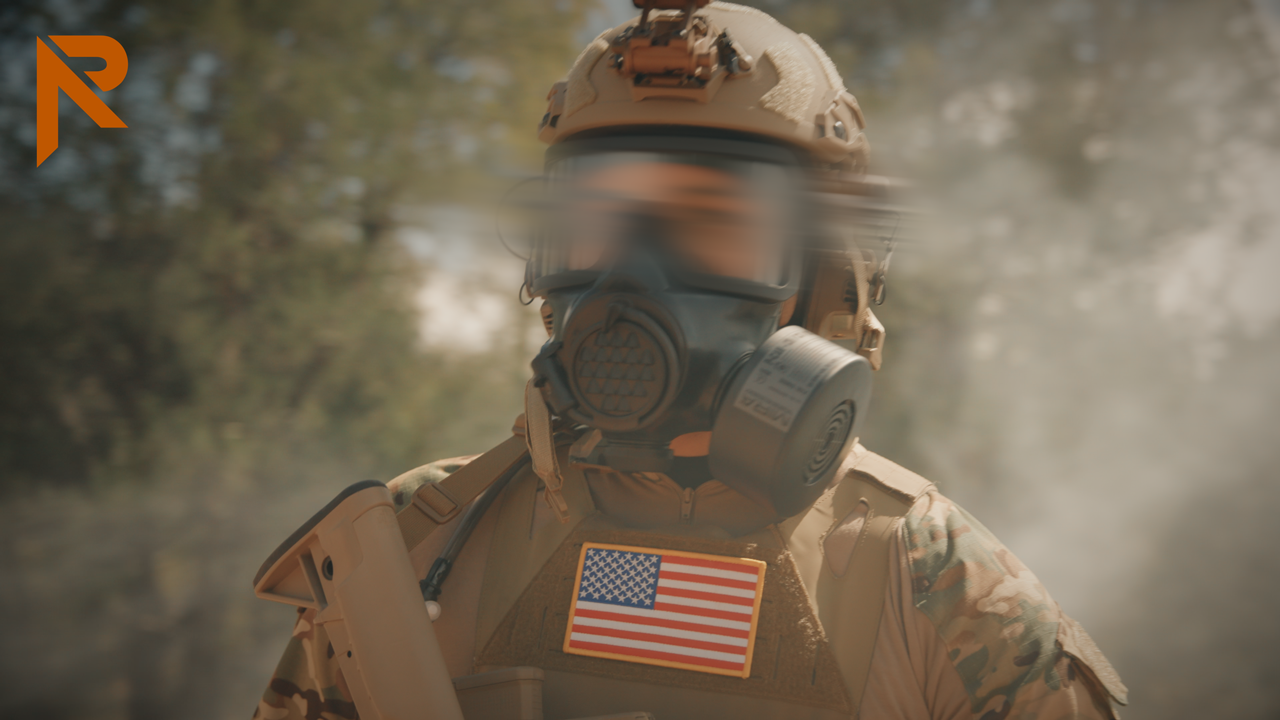
Types of Tactical Gas Masks
Varieties and Specifications
Tactical gas masks come in various designs, each tailored to meet specific requirements and threats. The primary categories include full-face and half-face models, with significant differences in coverage, protection, and intended use.
Tactical Gas Mask Models
- Full-Face Models: These masks provide comprehensive protection, covering the eyes, nose, and mouth. This design is crucial in environments where the threat includes harmful vapors or particles that might irritate or damage the eyes. Full-face gas masks are often equipped with large visors to enhance visibility, making them ideal for scenarios where clear sight is essential.
- Half-Face Models: Half-face gas masks cover the nose and mouth but leave the eyes exposed. While offering high levels of respiratory protection, they are typically lighter and offer greater comfort over long periods. However, for full protection, they need to be used in conjunction with appropriate eye gear.
Visibility and Communication Features
Modern tactical gas masks are designed with advanced visibility and communication features to aid users in challenging environments:
- Enhanced Visibility: Large, panoramic visors are common in full-face masks, providing a broad field of view. Some are treated with anti-fogging coatings or are built with internal systems to reduce the build-up of moisture, ensuring clear visibility even in extreme conditions.
- Communication Capabilities: Tactical scenarios often require clear communication; hence, many gas masks are equipped with voice diaphragms or electronic communication devices. These features allow users to speak and be heard clearly without removing the mask, which is crucial during operations.
Specialized Uses
Tactical gas masks are designed to meet the demands of various professional fields beyond the military, such as law enforcement and teams dealing with chemical and biological defense.
- Law Enforcement: Police and special forces units frequently use gas masks during riot control, hostage rescues, and encounters with hazardous materials. Masks for law enforcement are often rugged, providing necessary protection while ensuring they do not interfere with the use of other tactical equipment.
- Chemical and Biological Defense: In the realm of chemical and biological defense, the use of gas masks is critical. These masks are designed to offer protection against a wide array of chemical agents and biological threats such as viruses and bacteria. Agencies responsible for managing outbreaks, chemical spills, or bioterrorism incidents rely on the advanced filtration and protective features of these masks to safeguard their personnel.
The variety of tactical gas masks available today allows users to choose the right model based on their specific needs, whether it’s for military operations, law enforcement tasks, or chemical and biological defense. Each type of mask is engineered to provide maximum protection, comfort, and functionality in its respective field, highlighting the evolution and specialization in protective gear technology.
Tactical Gas Masks available through Armored Republic
The CM-8M Gas Mask
Description and Specifications
The CM-8M Military Gas Mask developed by Mira Safety is engineered as a comprehensive chemical, biological, radiological, and nuclear (CBRN) defense system. This full-face respirator is distinguished by its wide field of view, offering 92.5% visibility, which is crucial during tactical operations. It features a rectangular visor compatible with night vision goggles, thermal optics, and rifle scopes, providing a 21% improvement in the field of view over other models like the CM-7M. The low-profile design allows for seamless integration with modern ballistic helmets and ear protection, enhancing both safety and comfort.
Recommended Uses
The CM-8M is ideal for extended use in riot control situations, where exposure to tear gas and other riot control agents is likely. It can also be upgraded with a CBRN filter, making it suitable for operations in environments threatened by chemical, biological, or nuclear contaminants. This makes the CM-8M an excellent choice for military personnel, law enforcement, and emergency preparedness.
The CM-7M Gas Mask
Description and Specifications
The CM-7M Gas Mask by MIRA Safety also serves as a top-tier CBRN defense system. This mask features a tapered design that is particularly beneficial for tactical use, allowing for proper cheek weld when aiming rifles and other long guns. The recessed binocular visor design accommodates aiming with night vision optics and red dot sighting systems without compromising the seal or safety. Similar to the CM-8M, it integrates well with other tactical gear, including modern ballistic helmets and hearing protection.
Distinctive Features
What sets the CM-7M apart is its design optimized for heavy weapon use. It is designed to ensure minimal interference with rifle and scope usage, which is critical in combat scenarios. Additionally, the mask maintains a low profile and provides exceptional durability and reliability under tactical conditions.
Special Filter Capabilities
Both the CM-8M and CM-7M are compatible with the MIRA Safety P-CAN police gas mask filter, designed for potential long-term exposure to riot control gases such as CS, CN, and OC. These hydrophobic P3 filters contain almost three times as much activated carbon as competing filters, offering up to 12 hours of reliable protection, even in wet conditions. For heightened threats, both masks can be upgraded with the NBC-77 SOF CBRN gas mask filter, which protects against a comprehensive range of toxic substances and CBRN agents.
These tactical gas masks by MIRA Safety, the CM-8M and CM-7M, are designed to meet the rigorous demands of modern warfare and law enforcement, ensuring that the wearer remains protected in the most extreme conditions. Whether for riot control or CBRN environments, these masks provide the durability, functionality, and adaptability needed for effective defense and operational readiness.
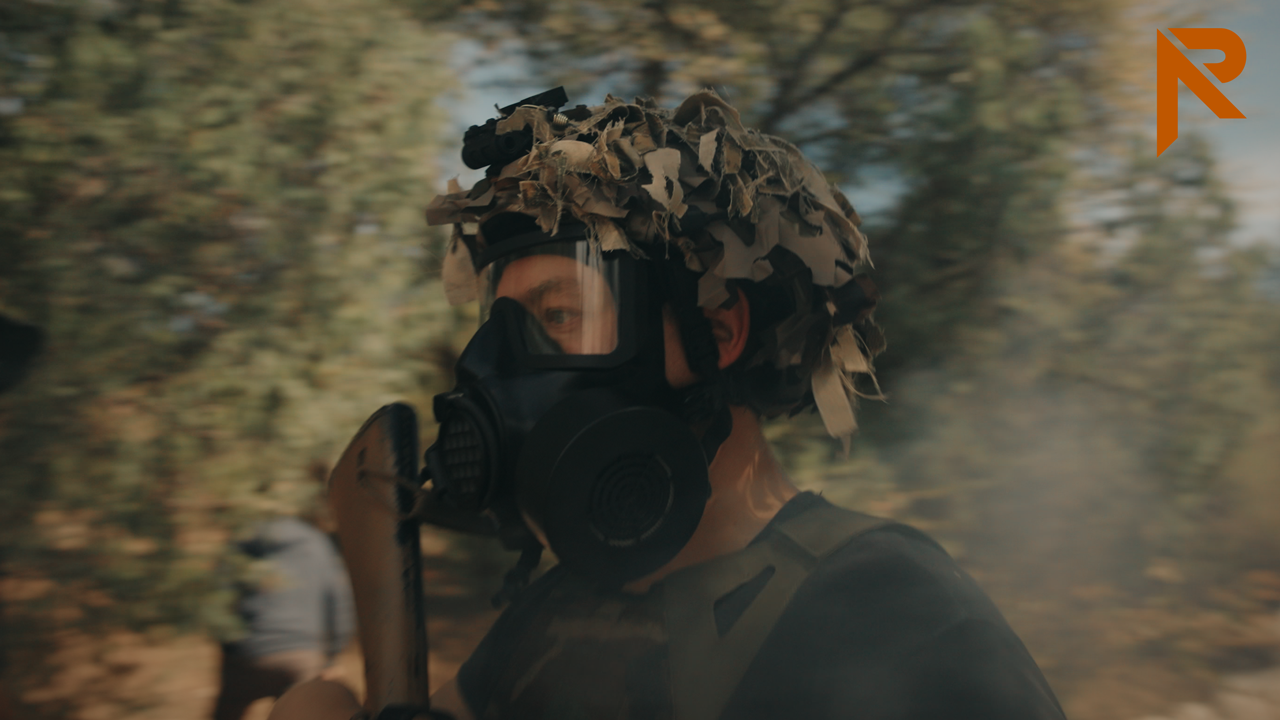
Accessories and Compatibility
Enhancing Functionality
To maximize the effectiveness and versatility of tactical gas masks like the CM-8M and CM-7M, various accessories are available. These enhancements not only extend the utility of the masks but also adapt them to diverse operational environments and threats.
- Filters: The most crucial accessories for gas masks are the filters. Standard options include the P-CAN filters, ideal for protection against riot control gases like CS, CN, and OC. For more severe environments, the NBC-77 SOF CBRN filters offer comprehensive protection against all known chemical, biological, radiological, and nuclear agents. These filters ensure that the masks can be used in a variety of threatening scenarios, from urban unrest to battlefield conditions.
- Lenses: For operations in different lighting conditions, various lens options are available. Anti-fog lenses and tinted lenses help maintain visibility and reduce glare, which is critical during operations extending from low-light to bright environments.
- Protective Covers: To extend the life of the masks and maintain visibility, protective covers can be used. These covers protect the facepiece and lenses from scratches and other damage during transport or when not in use.
Integration with Other Gear
The design of tactical gas masks considers the need for integration with other types of military and protective gear to ensure that all equipment works together seamlessly.
- Compatibility with Ballistic Combat Helmets: Both the CM-8M and CM-7M are designed with low-profile cuts that are compatible with modern ballistic combat helmets. This design consideration allows the masks to be comfortably and safely worn in conjunction with helmets, providing not only respiratory protection but also critical head protection.
- Using Masks with Other Protective Equipment: In addition to helmets, these masks are designed to be used with other types of gear, such as communication systems, night vision goggles, and hearing protection. The masks’ straps and contours are engineered to accommodate ear muffs and comms devices without breaking the seal or compromising the fit and protection.
For tactical operators, the ability to integrate gas masks with other protective and operational gear is crucial. It not only enhances overall protection but also ensures that all equipment functions effectively together, which is vital during high-stress and high-risk military and law enforcement operations. Accessories like advanced filters, specialized lenses, and protective covers, alongside compatibility features, significantly enhance the functionality and adaptability of tactical gas masks, making them indispensable tools in the arsenal of modern protectors.
Choosing the Right Gas Mask
When selecting a gas mask, it’s crucial to consider several key features that affect performance, safety, and usability. Here’s what to focus on to ensure you choose the right gas mask for your needs, whether for tactical, industrial, or emergency use.
Key Features to Consider
- Filtration Capabilities: The primary function of a gas mask is to provide respiratory protection, which hinges on its filtration capabilities. Look for masks that offer multi-threat protection suitable for your specific environment. This includes combination filters that can handle both particulates and gases. For military and tactical use, ensure the mask supports CBRN (Chemical, Biological, Radiological, and Nuclear) filtration standards to safeguard against a wide range of hazards.
- Comfort and Duration of Wear: Since gas masks may need to be worn for extended periods, comfort is paramount. Choose a mask with adjustable straps and a face seal that fits snugly yet comfortably. Materials like silicone and butyl rubber enhance comfort and fit. Additionally, consider the weight of the mask and the ease of breathing it supports, as these will significantly impact user fatigue in prolonged situations.
- Maintenance and Durability: The ideal gas mask is low maintenance and built to last, capable of withstanding harsh conditions without compromising functionality. Look for masks made from durable materials that are resistant to impacts, scratches, and extreme temperatures. Maintenance requirements should be minimal, with easily replaceable filters and straightforward cleaning procedures.
Additional Considerations
- Integration with Other Equipment: If you're in the military, law enforcement, or a similar field, consider how well the gas mask integrates with other equipment you routinely use, such as helmets, communication devices, and optical systems. This compatibility is crucial for ensuring that all pieces of equipment can be used effectively together.
- Testing and Certification: Ensure that any gas mask you consider has been rigorously tested and meets relevant safety certifications. These might include standards set by national or international safety agencies like NIOSH (National Institute for Occupational Safety and Health) in the U.S. or similar bodies worldwide.
- Training and Usability: Finally, assess how easy the mask is to use. Can it be quickly donned in an emergency? Does it allow for clear communication and visibility? Also, consider whether training resources are available to ensure that you can effectively use the mask in critical situations.
Choosing the right tactical gas mask is a crucial decision that should not be taken lightly. By carefully evaluating these key features, you can select a mask that not only provides robust protection but also aligns with your specific operational needs and conditions. This thoughtful selection ensures that you remain protected in various hazardous environments, fully prepared for any challenges you may face.
Why You Need a High-Quality Gas Mask
The Essential Role of Tactical Gas Masks
As we've detailed throughout this guide, tactical gas masks like the CM-8M and CM-7M are crucial for protecting against a wide range of chemical, biological, radiological, and nuclear threats. These devices are not just protective gear; they are essential tools for maintaining safety and operational capability in hazardous environments. Whether you're involved in military operations, law enforcement, or emergency response, having a reliable gas mask can be lifesaving.
Why Choose the CM-8M and CM-7M Gas Masks
For those requiring top-tier protection, the CM-8M and CM-7M models from AR500 Armor stand out. Each model is designed with specific tactical needs in mind, ensuring that every user can find a mask that fits their particular requirements:
- The CM-8M is optimized for broad visibility and compatibility with other tactical equipment, making it ideal for scenarios where situational awareness and integration with night vision and ballistic helmets are critical.
- The CM-7M excels in environments where firearms are used, offering features that enhance aiming capabilities and weapon operation, crucial for frontline defense and security tasks.
Take Action: Secure Your Tactical Advantage with AR500 Armor
The time to enhance your tactical readiness is now. With threats evolving and incidents of chemical and biological exposure increasing in both frequency and complexity, equipping yourself with a robust and performant gas mask is more than just a precaution—it's a necessity. Explore the advanced features of the CM-8M and CM-7M tactical gas masks. Each model is engineered to provide unmatched protection, ensuring you remain prepared for any challenges you might face in the field.
